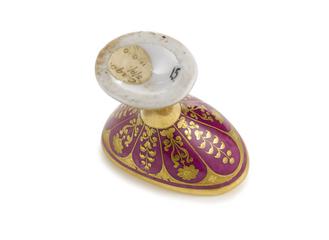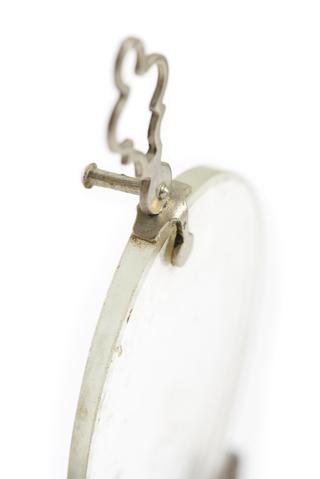












Czermak laryngoscope, in case, by Paetz & Flohr, German, c. 1860
A laryngoscope views the larynx, or voice box. The larynx is in the upper part of the windpipe. This type of laryngoscope was introduced by Austro-German physiologist Johann Nepomuk Czermak (1828–73). He was interested in speech and sound. It consists of a laryngeal mirror. This reflects light down the throat.
Details
- Category:
- Ophthalmology
- Collection:
- Sir Henry Wellcome's Museum Collection
- Object Number:
- A600069
- Materials:
- whalebone, ivory, brass (copper, zinc alloy), velvet, textile and incomplete
- Measurements:
-
overall - closed: 39 mm x 185 mm x 92 mm, .244 kg
overall - open: 26 mm x 185 mm x 182 mm, .244 kg
- type:
- laryngoscope




